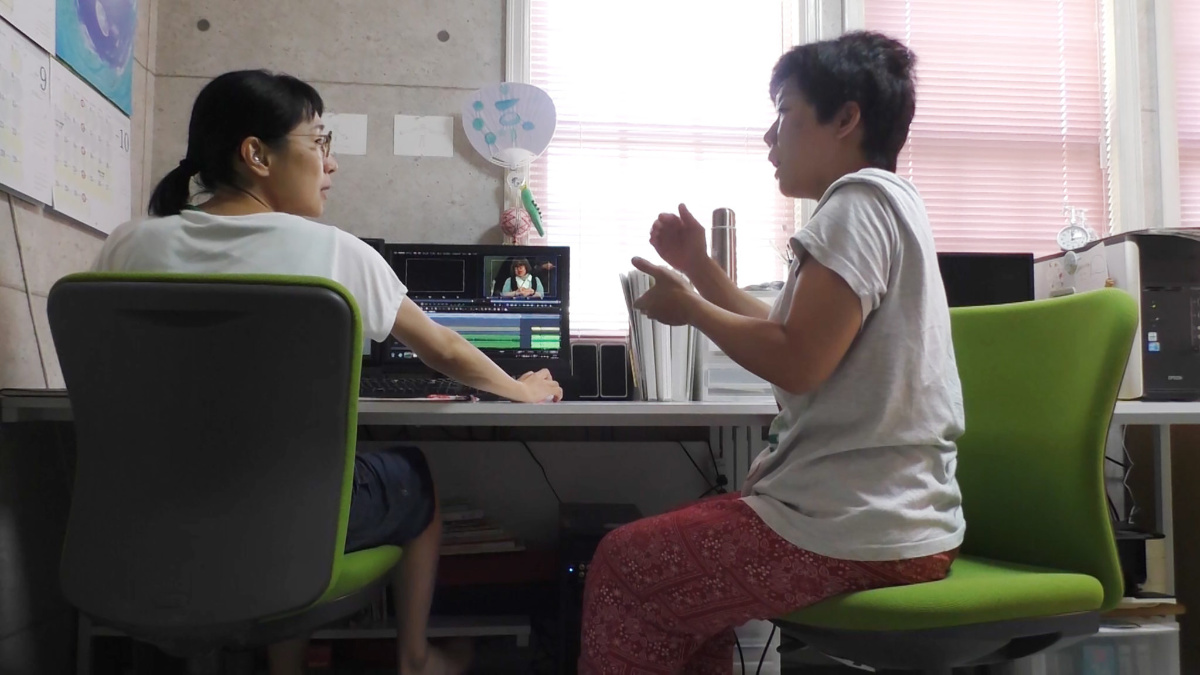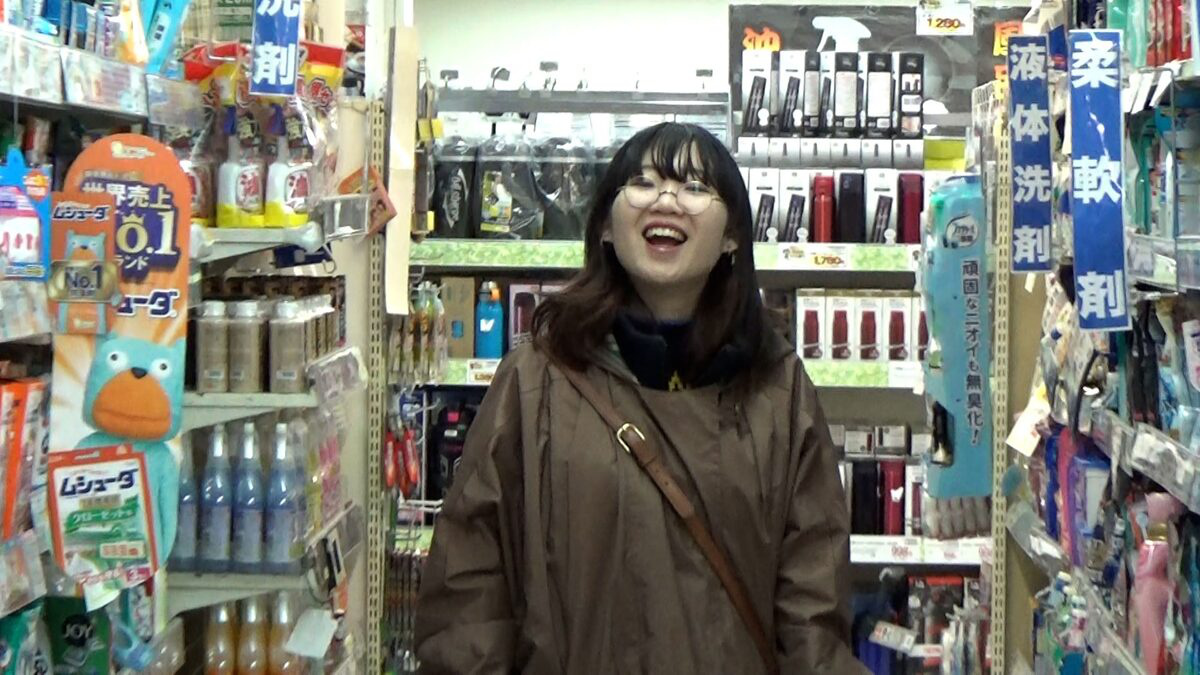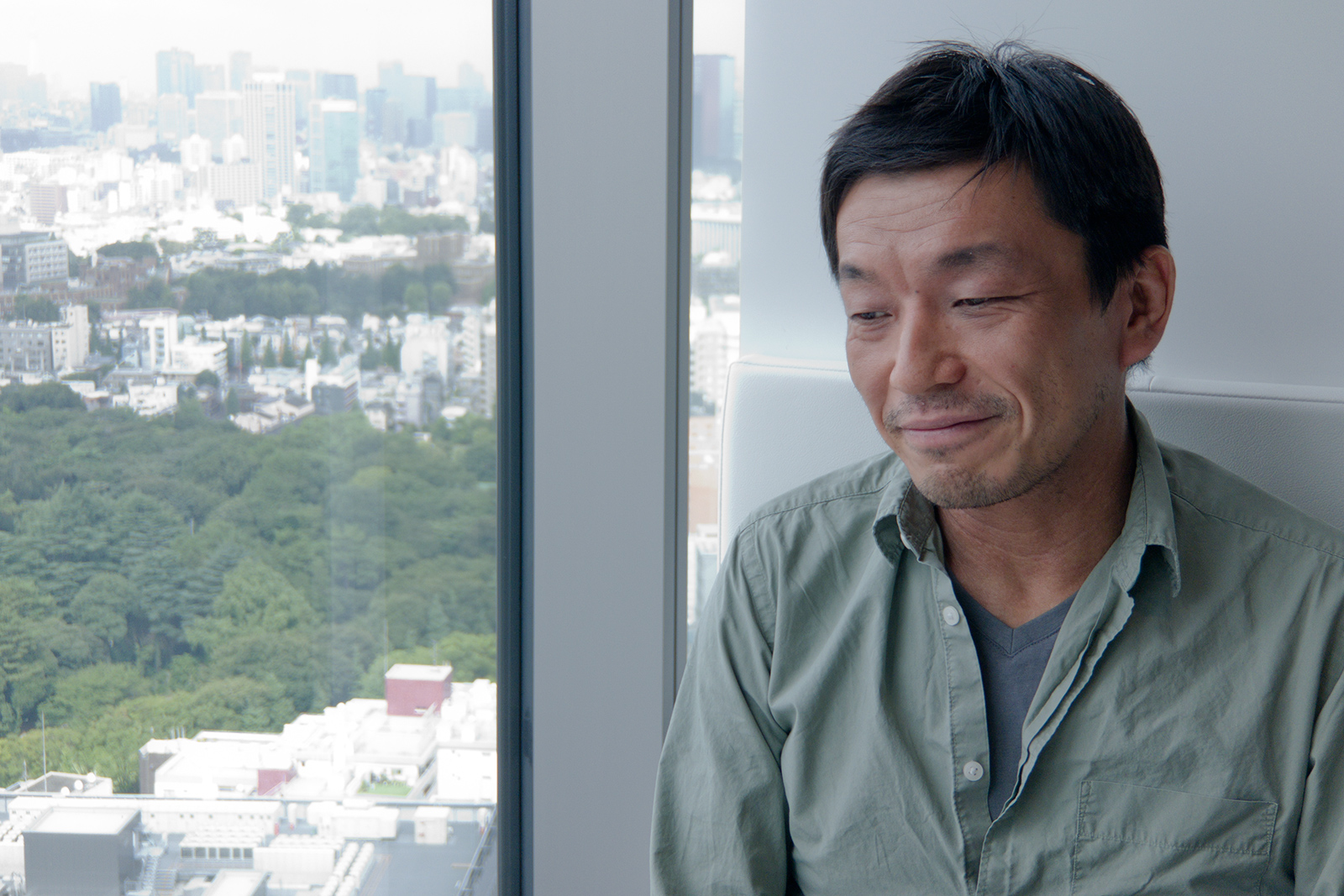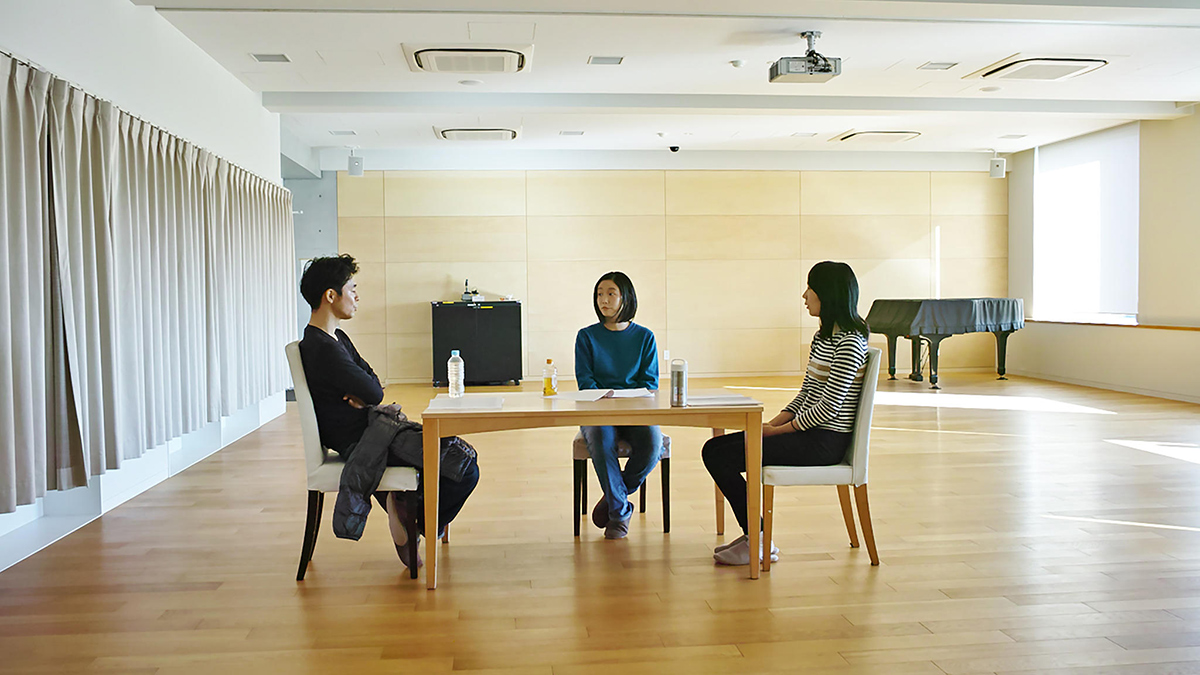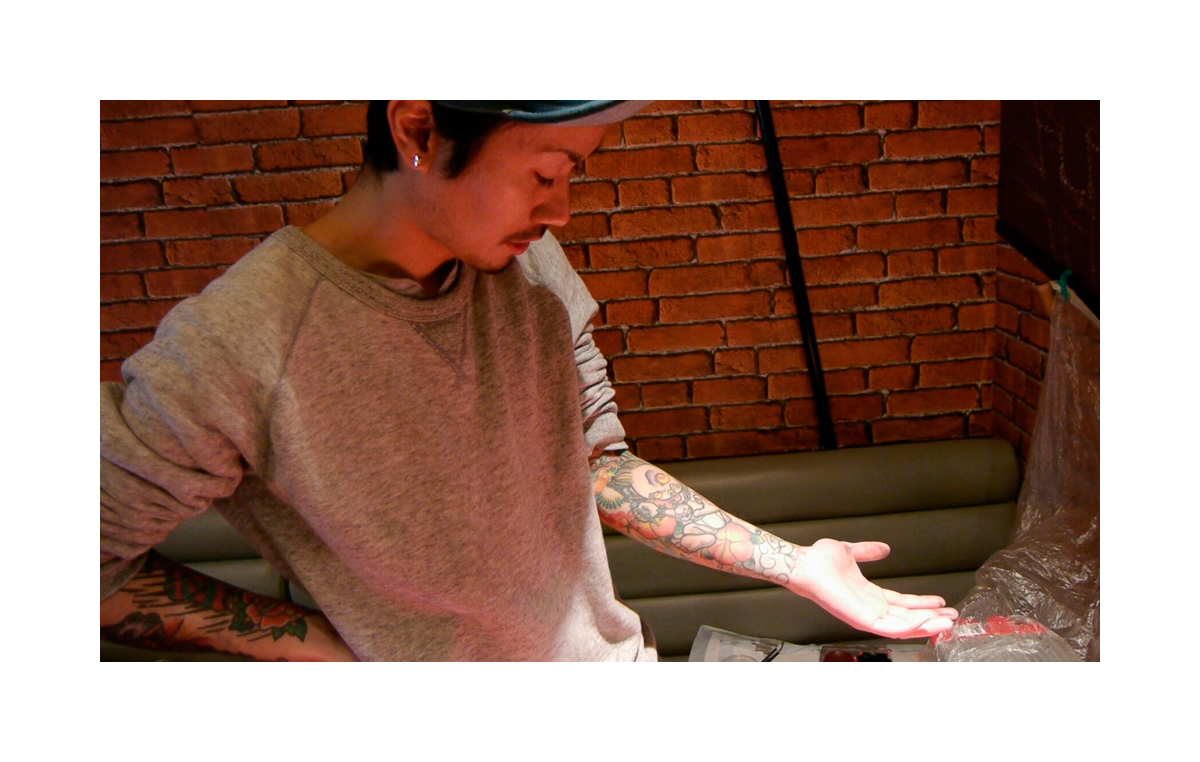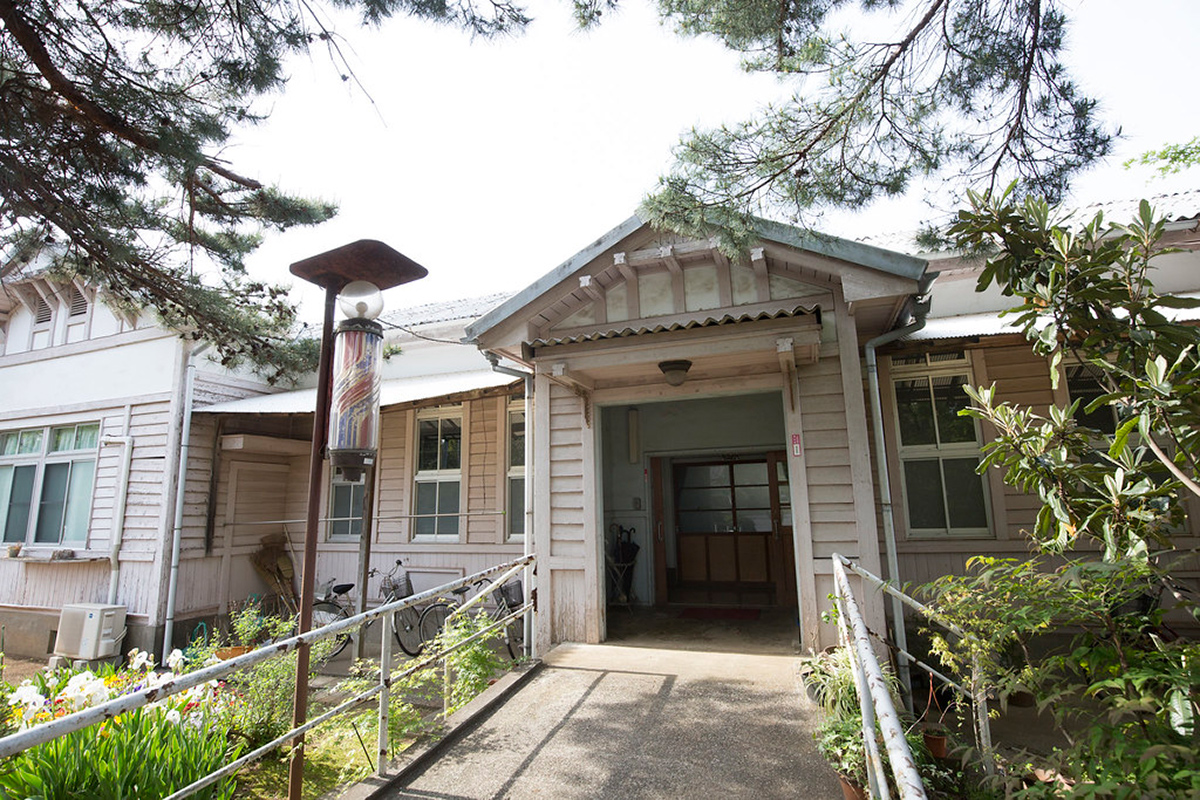I Quit, Being “Friends”
What is common sense to you, makes no sense to me. What is ordinary to me, is off-putting to you Worn out from reading too much into different situations, and unable to get along well with people, that’s Asperger’s syndrome Ma-chan. Having the appearance of understanding, but filled with agony inside, that’s me, the film director. From some petty misunderstandings, our relationship becomes strained, but, is it because of her Asperger’s? Or is it a problem with me? We have to try to understand each other…I have to try to be a good person…Ah, but! In order to stay friends with Ma-chan, I turned the camera on us, and began filming, but the answer I arrived at was, I quit being “friends”. Imamura Ayako shot her self-documentary Start Line to tackle her own frustrations at avoiding personal issues revolving her deafness–namely communication with people–by riding a bicycle across the length of Japan. Here she once again tackles human interaction by documenting her relationship with her friend who has Asperger’s Syndrome. Given Imamura’s own insecurities about her deafness, …

